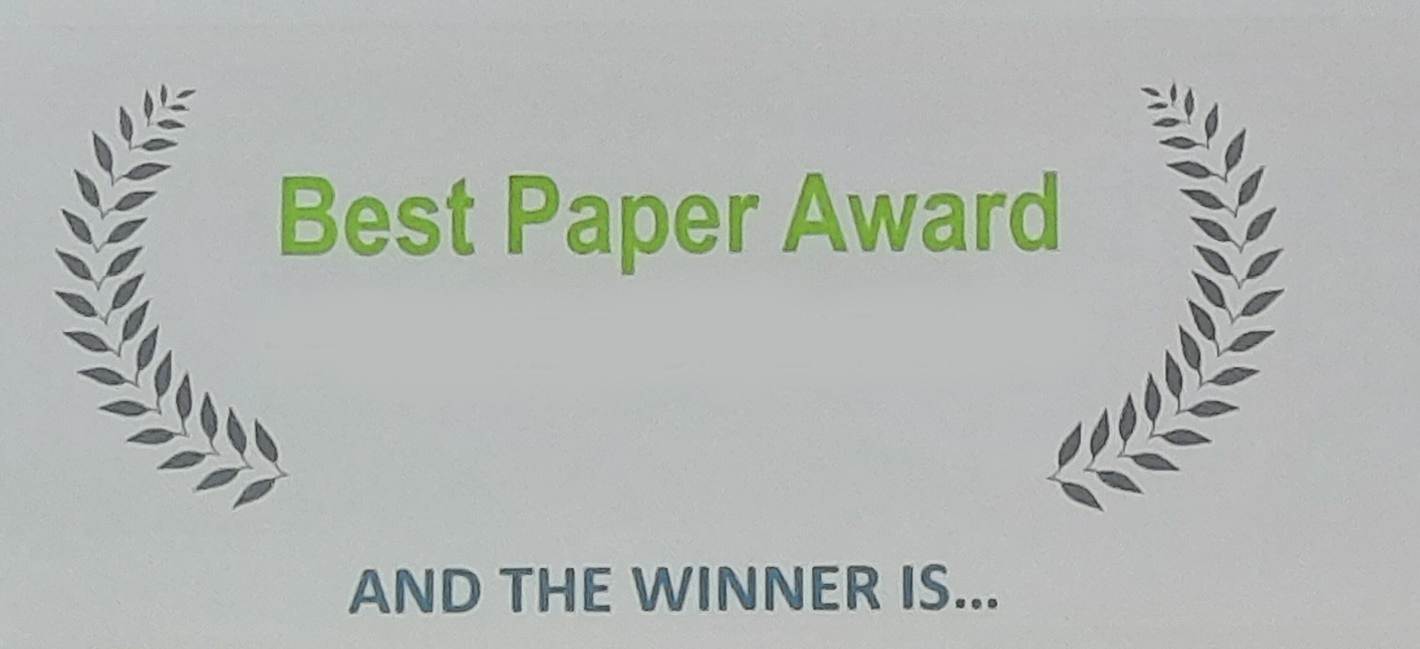Human Body Cooling Effect of Local Non‐Isothermal Airflow during Natural Ventilation
DOI:
https://doi.org/10.34641/clima.2022.427Keywords:
Natural ventilation, Thermal manikin, Local non-isothermal airflow, Thermal comfort sensationAbstract
In recent years, the natural ventilation system has been attracting attention not only as an energy saving method but also as a countermeasure method for COVID-19 in a building with poor ventilation. However, during natural ventilation, the outside air temperature has a large effect on the indoor environment, which causes fluctuations in the indoor thermal environment. In such a situation, it is effective to positively utilize the indoor airflow generated during natural ventilation as a method of utilizing the advantages of natural ventilation while maintaining the thermal comfort of the room. Most of the airflow generated by natural ventilation is non-isothermal airflow lower than room temperature, but there are few previous studies on non-isothermal airflow compared to isothermal airflow. In addition, in the actual measurement survey conducted by the author, it was found that the whole body does not receive the airflow uniformly during natural ventilation, but often receives the airflow locally such as the upper body. Therefore, the purpose of this paper is to clarify the effect of local non-isothermal airflow generated during natural ventilation to cool the human body. To achieve this goal, we conducted experiments with thermal manikin in a climate chamber. The amount of heat loss for each human body segments was measured under 28 conditions with clothes, room temperature, airflow temperature, and airflow velocity as parameters. As a result, the following findings were obtained.




